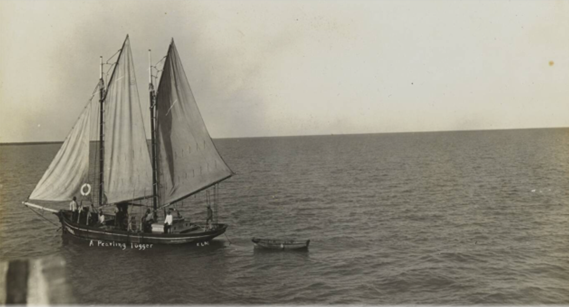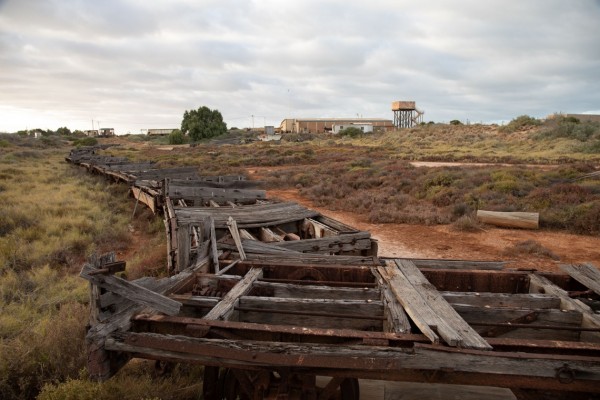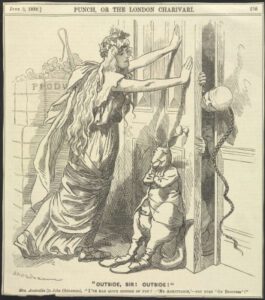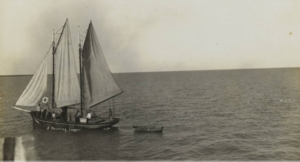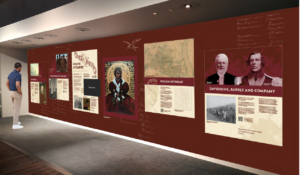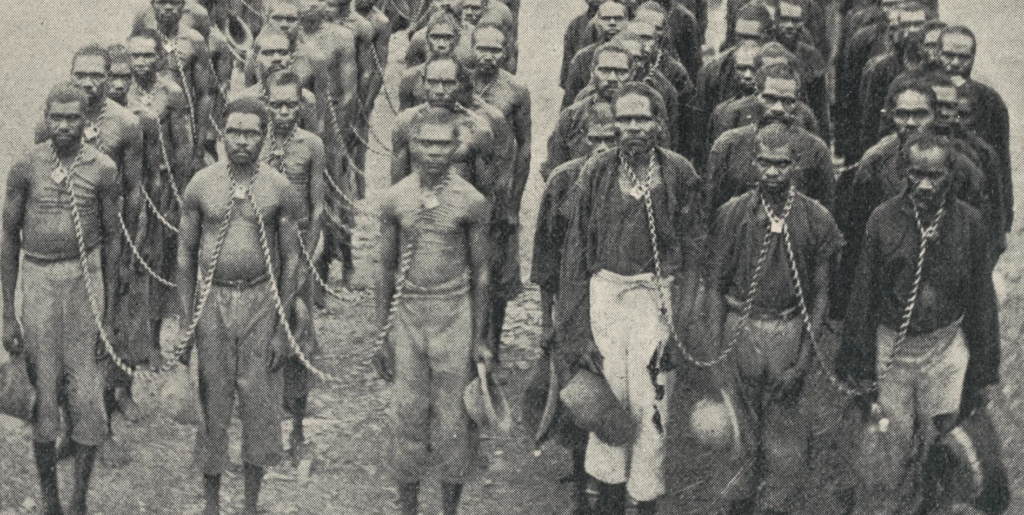
Australian Legacies of Slavery
‘Aboriginal bathing gang’, ‘The Aborigines question’, The Western Mail, illustrated supplement, 18 February 1905, p. 24.
This image is taken from a newspaper feature published in 1905 and shows an ‘Aboriginal bathing gang’, at Wyndham, north-western Western Australia. While it seems so shocking to us now as evidence of colonial injustice and brutality, at the time this was published many observers regarded the image as proof of the prisoners’ humane treatment. Humanitarians drew on British anti-slavery discourse to protest against Aboriginal neck-chaining. Today, Aboriginal communities from the Kimberley advise that they wish these difficult stories to be told.
This project aims to bring Australia into the global history of slavery by exploring the legacies of British slavery in Australia.

Erasmus Darwin’s ‘The Botanic Garden, A Poem in Two Parts. Part 1 Containing the economy of vegetation Part II The loves of the plants with philosophical notes’ (1798).
In August 1833 British Parliament abolished slavery in the British Caribbean, Mauritius and the Cape when it passed the ‘Act for the abolition of slavery throughout the British Colonies, for promoting the industry of manumitted slaves, and for compensating the persons hitherto entitled to the services of such slaves.’ While this momentous event has continued to be celebrated, it is often forgotten that many of those who benefited from slavery had ties to other parts of the British Empire, including the settler colonies of Australia, Canada and South Africa.
The first stage of this research program was the Western Australian Legacies of British Slavery project, which examined the movement of capital, people and culture from slave-owning Britain to Western Australia.
This research program has expanded to examine links between the abolition of slavery after 1833 and the subsequent accelerated expansion of colonial invasion and pastoral occupation of Australia.
We acknowledge and pay respect to the traditional owners of the lands on which this project is undertaken, recognising more than 60,000 years of Indigenous life and culture.
